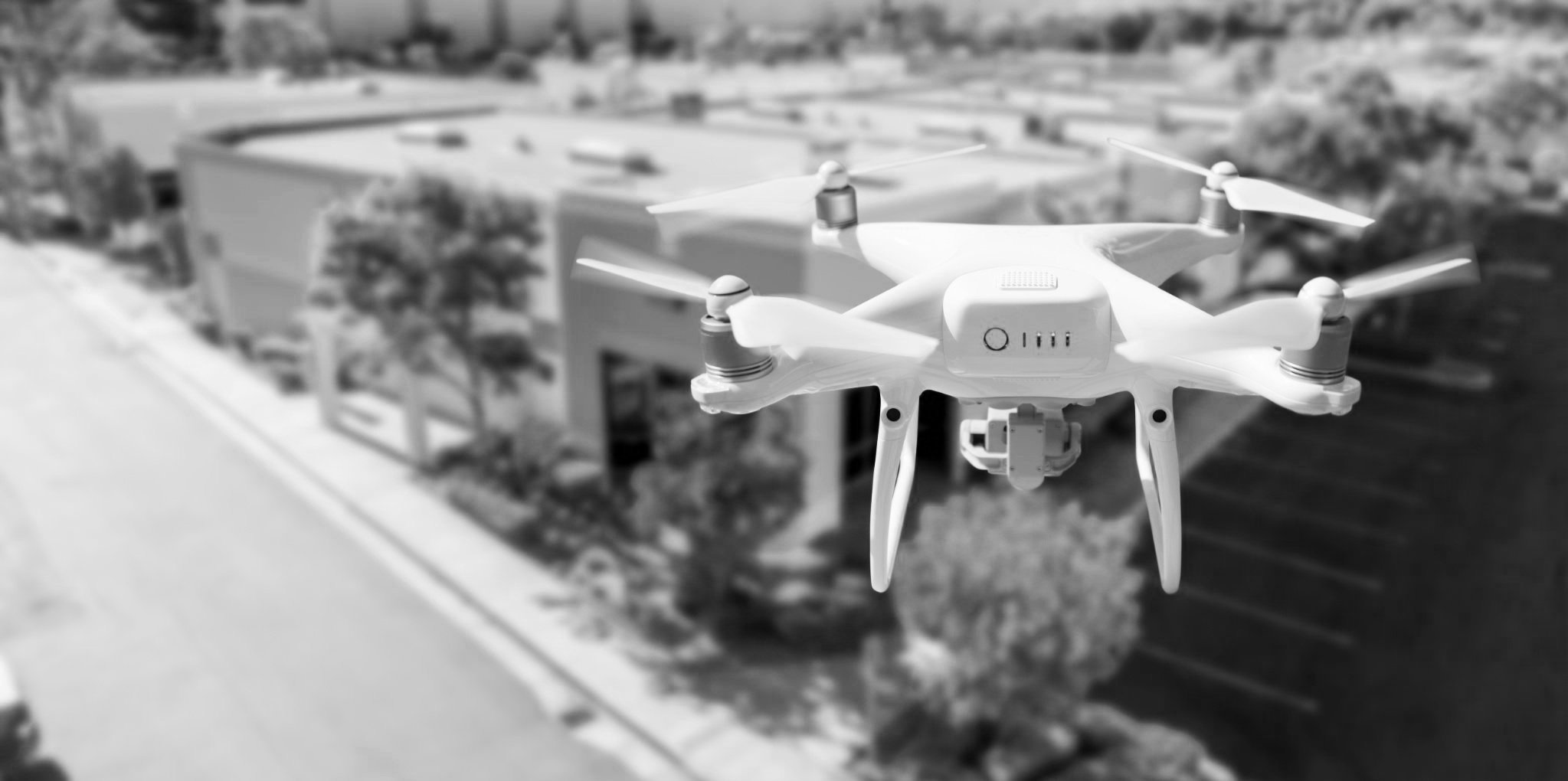
| Prisons

The use of drones (uncrewed aerial vehicles/UAVs) to surreptitiously deliver illicit items to prison inmates has escalated considerably over the past decade. The rise of domestically available quadcopter drones, in particular, as a preferred mode of transportation for criminal organisations has made the situation even more pressing. Due to their ease of operation, these drones are enabling the smuggling of contraband into prisons with alarming ease and minimal skill.
Between 2019 and 2021, a staggering 504 drones were detected, intercepted, or confiscated near prisons in England and Wales. Since June 2016, over 70 individuals have been successfully prosecuted, with the convicted offenders now serving a combined sentence of over 240 years. In a notable incident in May 2022, a drone delivery attempt was thwarted, resulting in the seizure of a cargo worth over £35,000 of illegal substances and contraband, including Buprenorphine tablets, Cannabis, and 11 mobile phones.
Until recently, air space operational limitations restricted police from taking action against drone sightings unless there was evidence of illegal contraband smuggling. However, new legislation that took effect in January 2024 states that flying drones within a 400-meter radius of any closed prison or young offender institution in England and Wales is now deemed an automatic offence. The operators of drones found to be breaking these rules could incur fines of up to £2,500, while those caught smuggling illicit items face the possibility of serving up to 10 years in prison.
The new restrictions create a virtual ‘no-fly zone’ around prison airspace, enabling police and prison staff to act quickly to identify suspicious drones and take swift action against suspected criminal activity. To enable this, an accurate and comprehensive understanding of the airspace above the prison is not just important but crucial for maintaining the highest levels of security. Hence, fast and efficient drone detection systems are not just desirable but necessary for detecting potential threats and allowing swift action to neutralise the target if required.



